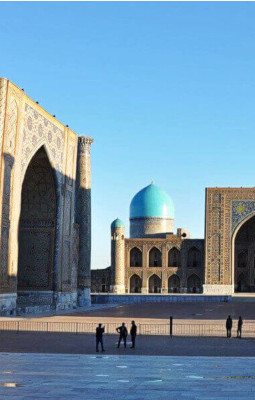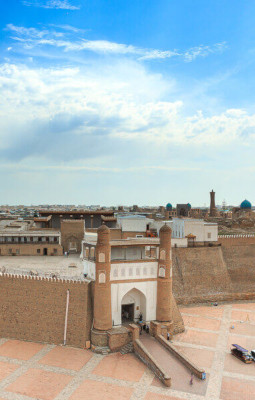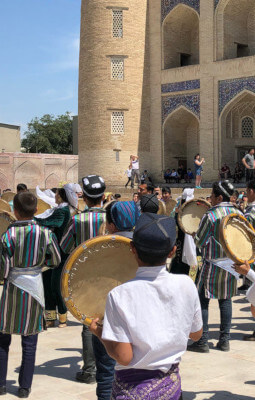TAMERLANE OR AMIR TIMUR: THE LAME CONQUEROR OF THE EAST
Early Life
Amir Timur was born in 1336 in the town of Shakhrisabz, which is located in present-day Uzbekistan. He was born into the Barlas tribe, a nomadic group known for their horsemanship and archery skills. Timur was a natural horseback rider and a talented archer, following in the footsteps of his nomadic ancestors. However, during one battle, he was injured and became lame for the rest of his life, earning him the moniker “Timur the Lame” among his enemies. In the West, the pronunciation later became known as “Tamerlane”.
Rise to Power
At the age of 25, Timur became the governor of Shakhrisabz. He married the sister of Amir Khusayn, the ruler of the region, which helped him gain respect and social status. After Amir Khusayn was assassinated, Timur was recognized as his legitimate successor and became the ruler of the region. He immediately began to conquer neighbouring regions and expanded his territory over the next 35 years. The Timurid Empire was born, and it encompassed much of Central Asia, Afghanistan, Iran, Caucasus (Armenia, Georgia, Azerbaijan) Iraq, Pakistan, parts of India, Turkey and parts of Syria.
Military Strategy
Timur’s military strategy relied on surprise attacks and mobility. He knew when to withdraw and wait for the perfect moment to strike, which often turned the tide of the battle in his favor. His empire’s military power was one of the most significant of the time, and his army was feared by many. Timur’s victories were impressive, and his conquests led to the formation of a vast empire, which he governed from Samarkand, a city near his birthplace.

Artistic Patronage
Timur was not only a skilled warrior but also a patron of the arts and architecture. He brought skilled craftsmen and architects from all over the world to help decorate Samarkand and other cities in his empire. Under his leadership, the cities in the Timurid Empire became centers of art, culture, and trade. Timur encouraged the growth of Islamic scholarship and the arts, and many famous poets, artists, and scientists emerged during this period.
Death and Legacy
Timur died in 1405 when he was on his way to conquer China. He was buried in Samarkand in the Gur-Emir Mausoleum, which still stands today. The Timurid Empire was not without its challenges, and rebellions often arose in various regions. However, the empire remained a dominant force in the region for several decades, leaving a lasting impact on the art, culture, and politics of Central Asia and beyond.
Conclusion
Amir Timur, also known as Tamerlane, was a remarkable conqueror who rose to power from humble beginnings. He created one of the largest empires in history and was known for his military prowess, artistic patronage, and encouragement of scholarship and the arts. His legacy lives on today, and his influence can still be seen in the art, culture, and politics of the region he once ruled.



